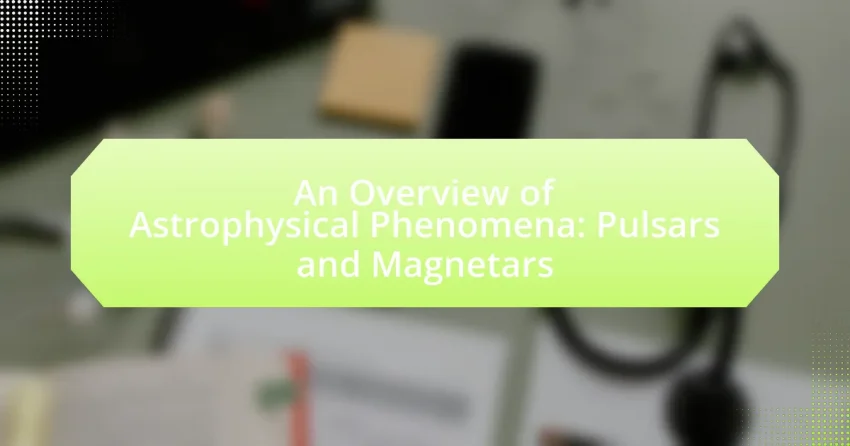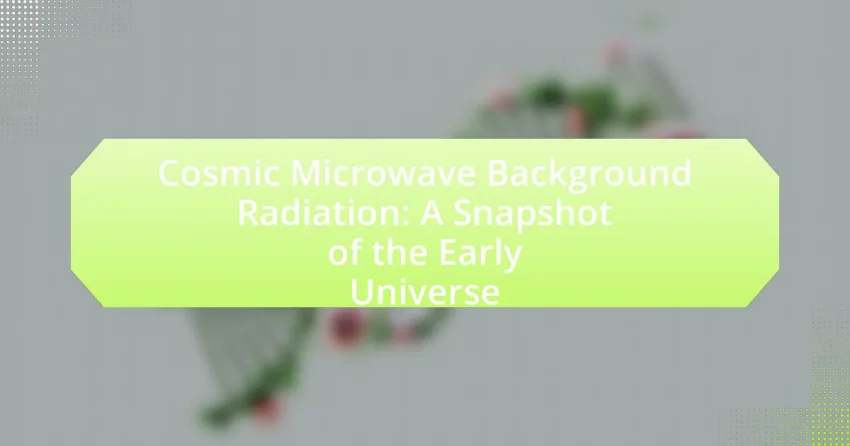Supernovae are explosive events marking the end of a massive star’s life cycle, playing a vital role in the universe by synthesizing and dispersing heavy elements such as carbon, oxygen, and iron. These explosions occur through core-collapse or thermonuclear processes, leading to the ejection of stellar material that enriches the interstellar medium and contributes to…
Astrophysics Fundamentals
Welcome to the ‘Astrophysics Fundamentals’ category! Here, you will uncover the essential concepts of this fascinating field. Dive into articles that explain the basics of stars, galaxies, and the universe itself. You’ll learn about gravity, light, and how these forces shape our cosmos. Each article breaks down complex ideas into simple terms, perfect for beginners eager to explore.
Explore topics ranging from black holes to dark matter. Understand the life cycle of stars and the expansion of the universe. Our curated content will guide you through foundational theories and recent discoveries. With engaging explanations and illustrations, you’ll connect with the wonders of astrophysics. Embark on your journey through the stars today!
Astrobiology: The Search for Life Beyond Earth
Astrobiology is the scientific study of life in the universe, focusing on the origins, evolution, distribution, and future of life both on Earth and beyond. This interdisciplinary field combines biology, chemistry, geology, and astronomy to explore the potential for extraterrestrial life and the conditions that support it. Key principles include the study of habitability, biosignatures,…
An Overview of Astrophysical Phenomena: Pulsars and Magnetars
Pulsars and magnetars are two distinct types of neutron stars that play significant roles in astrophysics. Pulsars are highly magnetized, rotating neutron stars that emit beams of electromagnetic radiation, primarily observed in radio wavelengths, while magnetars possess extraordinarily strong magnetic fields, leading to intense bursts of X-rays and gamma rays. The article explores their defining…
Exploring Dark Matter: What We Know and What We Don’t
Dark matter is a form of matter that does not emit, absorb, or reflect light, making it invisible and detectable only through its gravitational effects. It constitutes approximately 27% of the universe’s total mass-energy content and was first identified through observations of galaxy rotation curves in the 1930s. Key evidence supporting its existence includes gravitational…
Cosmic Microwave Background Radiation: A Snapshot of the Early Universe
Cosmic Microwave Background Radiation (CMBR) is the remnant radiation from the Big Bang, providing crucial evidence for the universe’s early conditions approximately 380,000 years after its formation. Discovered in 1965 by Arno Penzias and Robert Wilson, CMBR has a uniform temperature of about 2.7 Kelvin and exhibits slight anisotropies that reveal density variations essential for…



